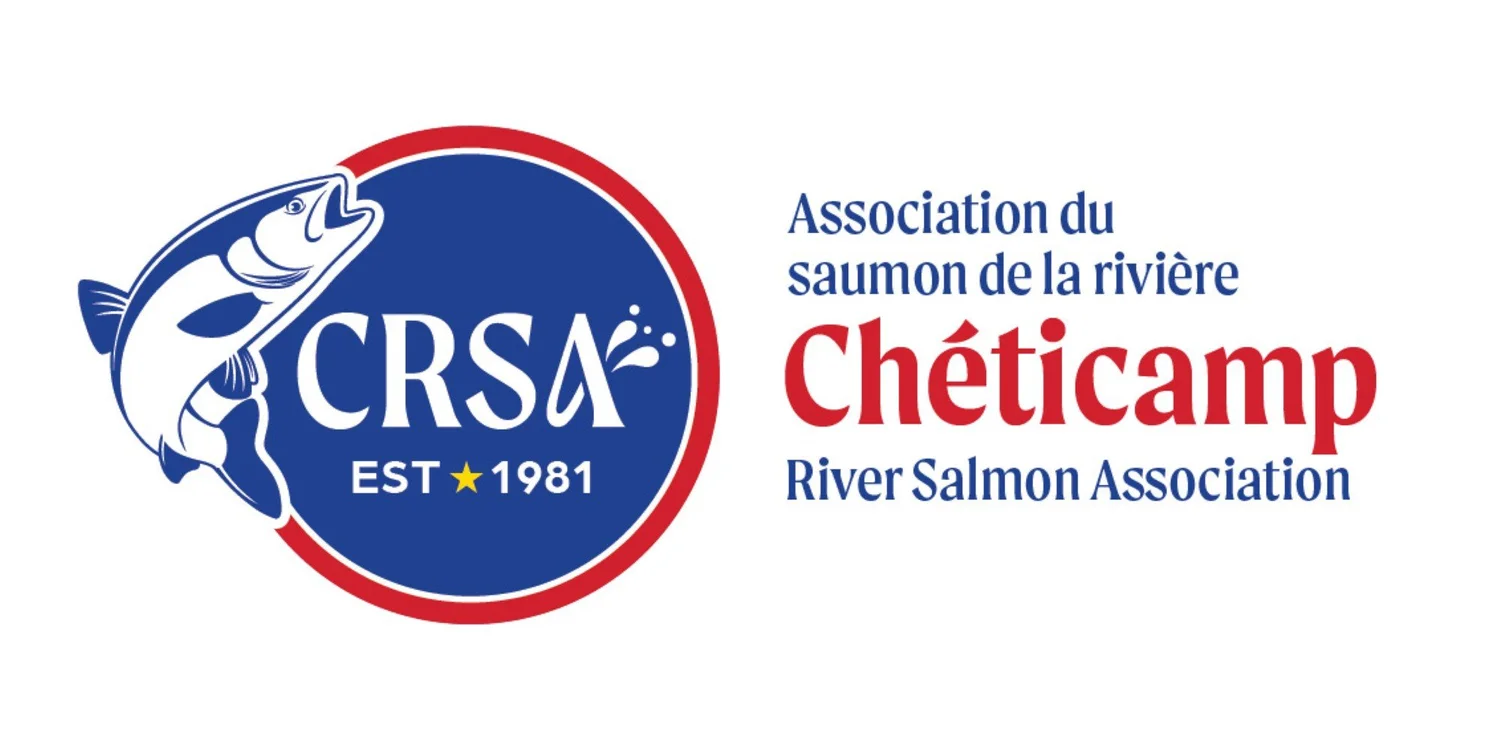Stream Restoration:
The Cheticamp River Salmon Association (CRSA) has been involved in stream and habitat restoration projects for over a decade. The goal of this work is to restore degraded waterways that have been historically productive spawning locations for Atlantic salmon and native trout species to as close to their natural conditions as possible. The Association's work attempts to restore the structure (e.g., the natural stream channel widths), the composition (e.g., native plant and animal communities), and natural processes (e.g., nutrient cycling) of local waterways. This work does not replace the need for conservation and protection of fish and their habitats - the two are complimentary.
Ecological Monitoring:
Ecological monitoring is an important component of the Cheticamp River Salmon Association's activities within the Cheticamp River watershed. Collecting a wide variety of information, including data on water parameters (e.g., pH, temperature, conductivity, dissolved oxygen, total dissolved solids), substrate types, stream structure (i.e., channel width, presence and length of meanders, etc.) vegetation (instream and riparian), aquatic invertebrates (abundance and diversity), and fish populations, sheds light on the overall health of a natural environment, as well as identifying areas that may benefit from restoration activities. While monitoring is an important part of the prescriptive side of restoration work, it is also a valuable (although sometimes overlooked) tool for evaluating the effectiveness of restoration efforts. Realizing this, the Cheticamp River Salmon Association is attempting to engage in better long-term monitoring of its restoration sites in order to document ecological changes that occur and to measure progress toward its restoration goals.












